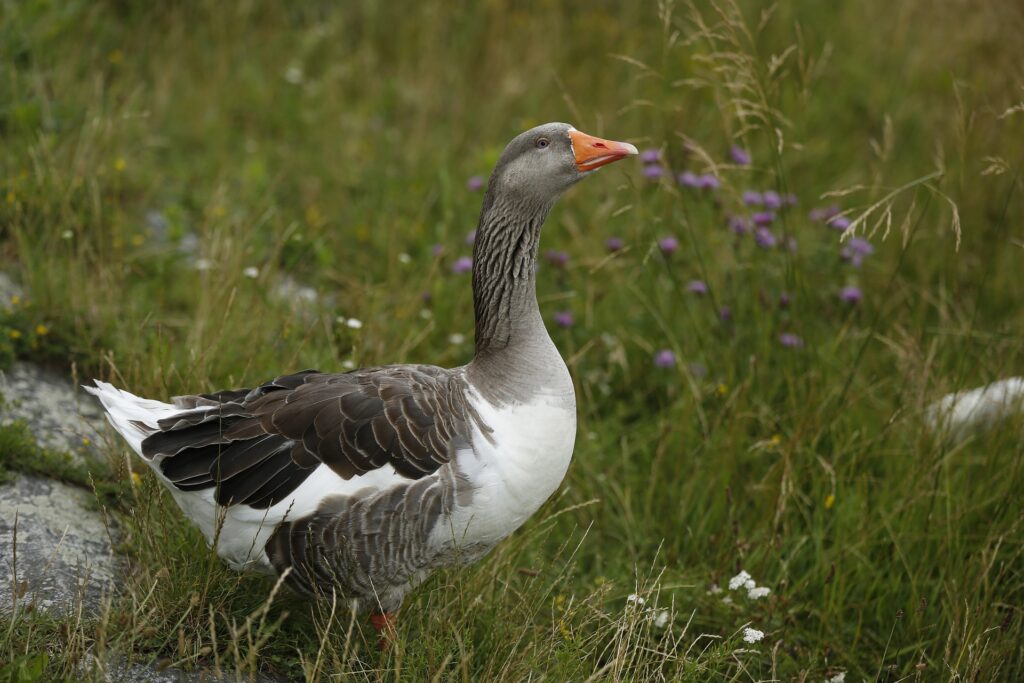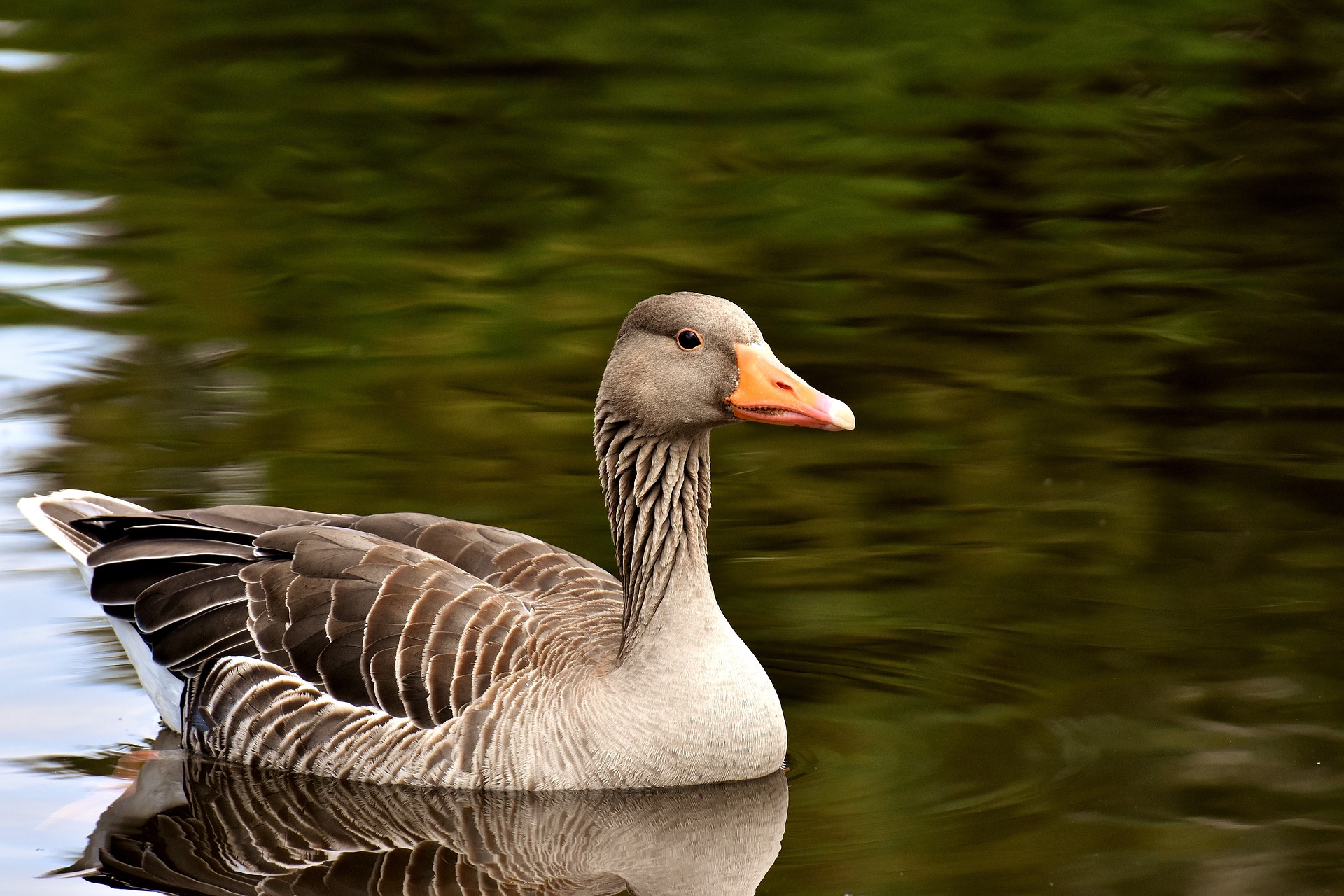The Pilgrim goose, also known as the American Buff goose, is a captivating and distinctive breed that has gained popularity among avian enthusiasts for its unique characteristics and endearing personality. Originally developed in the United States during the early 20th century, Pilgrim geese are known for their striking appearance, friendly demeanor, and versatile uses.
In this blog post, we will delve into the fascinating world of Pilgrim geese, exploring their history, physical traits, temperament, care, and more.
You may also want to read about the African goose.
History and Origin
The Pilgrim goose originated in the United States in the early 1900s, specifically in Iowa and Ohio. It is believed to have been developed by crossing the European Greylag goose with other domesticated geese breeds, including the Toulouse and Embden. The breed was primarily developed for its practicality and versatility, as it was used for meat, eggs, and feathers. Pilgrim geese were also valued for their calm disposition and ease of handling, making them popular among farmers and homesteaders.
Physical Traits
The Pilgrim goose is a medium to large-sized breed, with adult males weighing around 12-14 pounds and females weighing slightly less at 10-12 pounds. They have a distinctive appearance with a striking coloration that sets them apart from other goose breeds. Pilgrim geese have a solid, pale-colored body with a creamy white or light gray plumage that may appear almost silver in certain lighting.
They have a distinctive knob on their foreheads, which is more prominent in males, and their bills and feet are usually a bright orange or pinkish color. One of the unique features of Pilgrim geese is that they have sex-linked feather coloration, which means that males and females can be easily distinguished by their plumage. Males have a lighter-colored plumage while females have a darker plumage, making it easy to identify their gender even as young goslings.

Temperament and Personality
Pilgrim geese are known for their friendly and docile temperament, which makes them ideal for backyard flocks and as pets. They are generally calm, curious, and sociable, and are known to form strong bonds with their human caretakers.
Pilgrim geese are also highly intelligent and can be trained to respond to basic commands, making them a delight to interact with. They are not known to be aggressive or territorial, which makes them suitable for mixed flocks with other poultry or livestock. However, like all geese, Pilgrim geese can be protective of their nests and offspring during the breeding season, and may display some aggressive behavior towards perceived threats.
Care and Management
Proper care and management are essential for keeping Pilgrim geese healthy and happy. Here are some key considerations for caring for Pilgrim geese:
- Housing: Pilgrim geese require a secure and spacious enclosure that protects them from harsh weather conditions, predators, and provides them with enough space to move around and forage. A shelter with straw or shavings bedding and proper ventilation is necessary for them to rest and lay eggs. They also need access to clean, fresh water for drinking and bathing, as they enjoy splashing around in water.
- Diet: A well-balanced and nutritious diet is crucial for the health of Pilgrim geese. Their diet should consist of a variety of grains, greens, and protein sources. Commercial waterfowl or goose feed, grains such as corn, wheat, and barley, along with fresh vegetables and fruits are suitable for their diet. Access to grazing on grass or foraging in a pasture can also provide additional nutrients. Grit or crushed shells should be provided to aid in digestion. Make sure to provide them with good food to keep them healthy.

